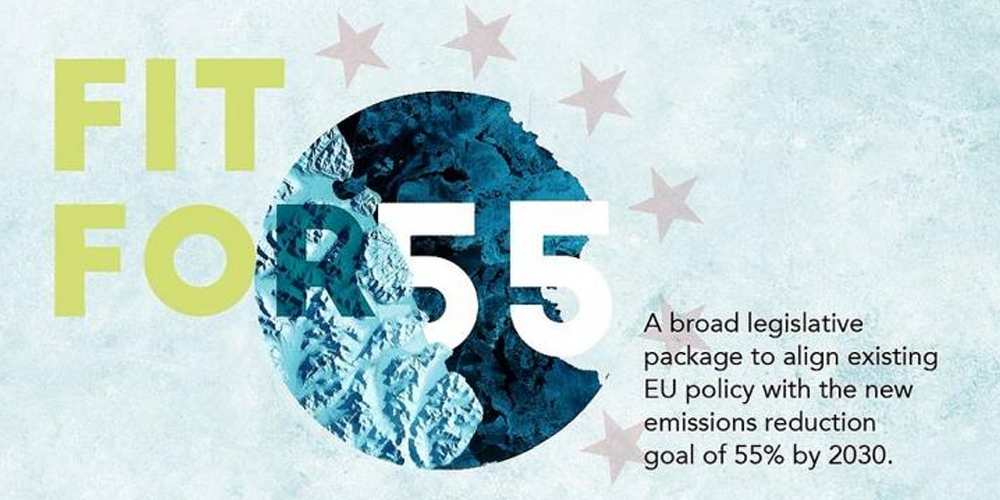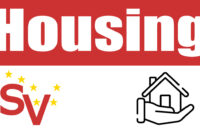The weekend before Christmas the European Union reached a deal on their “fit for 55” plans, a policy that aims to reduce the emission of carbon dioxide in the EU by at least 55 per cent in 2030 relative to 2005.
To accomplish this, the EU has set up a scheme of permits, taxes and subsidies for corporations; this will be extended to households in 2027. In essence it means that people will start paying a CO₂ tax on fuel, energy, and heating. The general assumption behind this plan is simple: Make unsustainability uneconomical and people will opt for greener alternatives. To help vulnerable households that are otherwise unable to pay for such a transition, €65 billion will be set aside in a “social climate fund.” This fund can be used to improve insulation, green personal vehicles in case public transport is not available, or to install efficient heating systems.¹
This liberal approach, of encouraging and discouraging behaviour through financial stimuli, may work for home-owners; tenants, however, do not have the luxury of improving their home or even choosing an energy supplier and so are left to the whims of their landlord.
In their analysis of the Irish housing market the Dutch consultancy KPMG identified landlordism as a significant obstacle in developing sustainability. Landlords, after all, are not inclined to spend money for insulating homes and installing more efficient heating, as they are not the ones paying the bills.²
As a result, more than 55 per cent of rented properties have an energy rating of D or lower, with 20 per cent not reaching above F.³ A home with an energy rating of F will spend eight times as much on heating as an A3 home, the current building standard, set in 2012.
It should come as no surprise that in the 2022 tenants survey by Threshold it was recorded that only 14 per cent are renting by choice.⁴ More than half of all tenants expect to be still renting their home in 2027, when the carbon tax for households will come into effect. The proportion of involuntary renters will, without a doubt, have increased over the past couple of months.
The few efforts that exist to nudge landlords towards improving the sustainability of their properties present their case as an investment opportunity, to be able to demand ever-higher rents. One way or another, the tenant will always pay the price.
For our survival and prosperity it is of paramount importance to actively pursue lowering emissions of greenhouse gases. Doing so we reduce the ever-growing impact that the reckless alteration of our atmosphere has on our planet as well as limiting our vulnerable dependence on foreign suppliers of fossil fuels. The EU’s “fit for 55” scheme, however, will fall short on this purpose and will only increase the cost of living for tenants who are already struggling under the ever-rising rents and energy bills.
To truly achieve affordable sustainability we cannot allow the present-day landlordism to persist. We cannot leave housing in the hands of vulture funds, designed to siphon as much value as they can to its shareholders. Only an immediate scheme of building social housing and renovating derelict buildings can spare both the tenant and the environment.
It is here that non-profit housing associations can play an important role, by giving tenants a voice in the management of their complex. By democratising their home, tenants can work together towards sustainability and lowering costs, as opposed to being dictated to by the greed-driven whim of a landlord.
References
1. Council of the European Union, “Proposal for a Regulation of the European Parliament and of the Council Establishing a Social Climate Fund” (tinyurl.com/4jyxcftw)
2. KPMG, “Housing for All: The Sustainability Lens” (tinyurl.com/36pwertk)
3. Society of St Vincent de Paul and Threshold, “Warm Housing for All?” (tinyurl.com/yvb3axzn)
4. Threshold, “Two in Three People Renting Because They Cannot Afford a Home: Threshold Report” (tinyurl.com/4fx9nryt)






